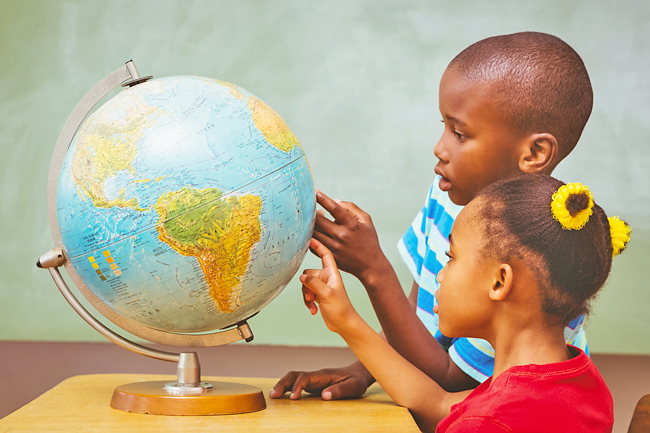Aqilah Rahman
An estimated 224 million children of school age are affected by crises globally, negatively impacting their educational outcomes. More than half do not achieve the minimum proficiencies outlined in the fourth Sustainable Development Goal (SDG4), which calls for inclusive, quality education for all, according to a new report by Education Cannot Wait, the United Nations (UN) global fund for education in emergencies and protracted crises.
“Once again, we are sounding the alarm bells worldwide. Millions of children are being denied their human right to an education and the numbers are growing. And even when they are able to go to school, they are not really learning because the quality of education is sub par,” said Executive Director of Education Cannot Wait Yasmine Sherif.
“Education Cannot Wait and all the education communities are working against time. It is a sprint for humanity. How many more facts, figures, and above all, human suffering, do we need before we act with boldness and determination to finance education and invest in humanity?”
The number of crisis-affected children of school age increased by 25 million between February 2022 and March 2023, driven by conflict and natural disasters such as droughts and floods, exacerbated by climate change.
Out-of-school rates among forcibly displaced populations in crisis-affected countries are alarmingly high. Among the crisis-affected children, about 72 million are out of school, of which one-fifth have been forcibly displaced. Half of the out-of-school children in emergencies are concentrated in just eight countries: Ethiopia, Pakistan, Afghanistan, Sudan, Congo, Myanmar, Mali, and Nigeria.

Quality of education also poses an issue. Despite being in school, an estimated 127 million children still need to achieve minimum proficiency levels in reading or math. Only 25 million children in school achieve the minimum proficiency levels in reading and math.
Meanwhile, the access to secondary education in crisis-affected areas needs to be improved. About one-third of children in the lower secondary age group are out of school, whereas the global out-of-school rate for upper secondary is as high as 46 per cent.
The report finds that gender disparities have become more pronounced in secondary education and are the largest in high-intensity crises. Gender-related differences are identified in most crisis-affected countries but are more prevalent in Afghanistan, Chad, South Sudan, Yemen, and Ethiopia.
Regarding learning outcomes, girls with continued access to education are more likely to attain the minimum reading proficiency level than boys. This also applies to conflict-affected countries with high crisis severity at all educational levels. Conversely, more boys achieve minimum proficiency in math on average.
The report also highlights a correlation between climate change risks and crises’ severity.
Many out-of-school children in emergencies globally (83 per cent) and children in school who face learning deprivation (75 per cent) live in countries with a Climate Change Risk Index higher than the global median value of 6.4. High risks associated with climate change can be linked to poor education outcomes.
Based on available data, studies found that women and girls are disproportionately affected by climate-induced disasters due to pre-existing gender inequalities, said the report.
Over half of crisis-affected children live in sub-Saharan Africa, the region with the highest out-of-school rates. About half of the crisis-affected children in the region do not attend secondary education.
The region experienced a significant increase in the number of children affected by crises, primarily due to droughts and the increasing intensity of conflicts. The report also analyses learning trajectories in Sub-Saharan Africa, which show the percentage of children who acquire foundational skills by a certain age to track the pace of learning.
Countries affected by crises tend to have flatter learning trajectories, but consequences may differ depending on the crisis. Countries affected by conflict and those affected by recurrent natural disasters display a large gap between their learning trajectories despite having similar levels of gross domestic product per capita.
An example highlighted in the report is Madagascar, which has eight times the number of children who acquired foundational literacy skills at age 10 compared to children in the Central African Republic.
Country case studies in Sub-Sahara Africa suggest conflict significantly impacts learning trajectories across all age groups. The learning pace in conflict-affected countries is estimated to be six times slower than in countries affected by recurring natural disasters for children aged seven to 14. While anecdotal, the data suggests not all crises impact learning loss on the same scale, said the report.






